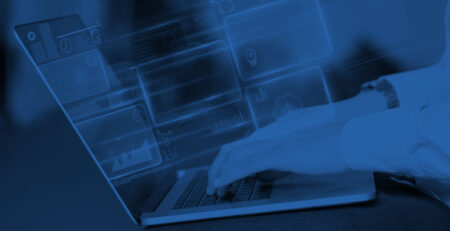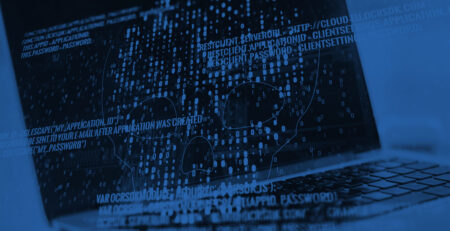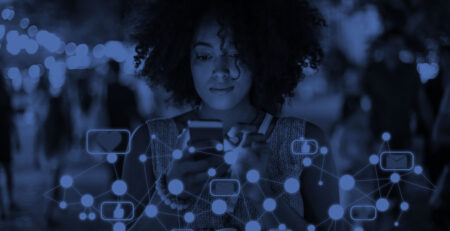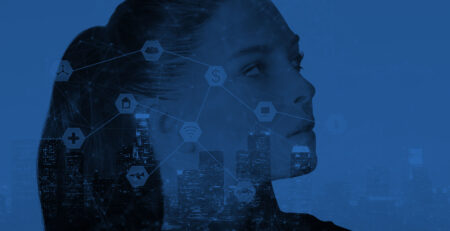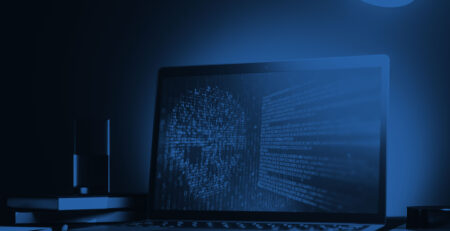Implications of Universal Facial Recognition
In my recent Security Week Article, “The Impending Facial Recognition Singularity,” I discuss how it is more difficult to remain anonymous, both online and off, these days. A major reason is that facial recognition systems are becoming cheaper, better, easier to use, and more widely deployed, while social media platforms are creating an ocean of easily identifiable faces that are widely accessible.
My latest vlog on this topic discusses this shift and what, if anything, we can do about it. Historically, cameras were big, expensive, and there weren’t very many watching us. This allowed people to remain anonymous, both online and offline, fairly easily. In addition, there weren’t as many reference photos tied to identity. Both of these rules have fundamentally changed, making it possible to track us everywhere we go.
One driver of this paradigm shift is the fact that cameras have become very inexpensive to purchase and operate. There’s no reason to use some generic proximity detector on a device when a cheap and tiny camera, with just a little bit of logic, can easily detect motion. Cameras are being built into amazing varieties of everyday items: there are cameras in toys—accompanied by microphones; new models of cars have cameras built into them; there are cameras in stores, tracking people’s movements through retail spaces; and law enforcement relies heavily on video surveillance to track traffic, crime, and general activity.
Social media is the other key component for the shift, since it is the main source of this surplus of facial recognition information. The majority of online social platforms incorporate facial recognition in their service. If your face is online, it is almost certainly being tagged and identified by these systems. As a result, keeping your face off these sites is increasingly difficult. If your identity is attributed to a photo, your facial profile and identity are paired in the database. As more and more photos are uploaded, the accuracy of the recognition improves. The systems will have examples of your face in full sun and darkness, forward-facing and in profile, with and without sunglasses, hats, makeup, etc.
The result is that you will be identified every time your picture appears. If you use a real photo as your avatar, then your accounts will be connected—even if you use different names, account IDs, and email addresses. If you post an untagged photo of yourself to a site, the surrounding text will probably allow the system to know that you are in the picture somewhere; and after a hand full of pictures, it will be obvious to the computer which face is yours. On the opposite side of the spectrum, an account with absolutely no photos might prevent identification, but it will stand out as fake.
To make matters worse, these databases are very easily scraped. A lot of this information is public. Many other organizations can go to sites like Instagram and Facebook, pull down the photos and tagging information, and train their own facial recognition systems. Ultimately, a handful of companies will rise to the top of this kind of facial recognition activity. In my vlog, I use the example of utilizing cameras for surveillance. Two different stores that are tracking your activity and recognizing your face will not be working independently; the third party surveillance provider for both will identify your face in both scenarios. This ultimately brings an end to anonymity in the real world as well.
For more information on facial recognition and the end to real-world anonymity, check out my latest vlog, and read my full article in Security Week here.
To watch to the full vlog click here.



